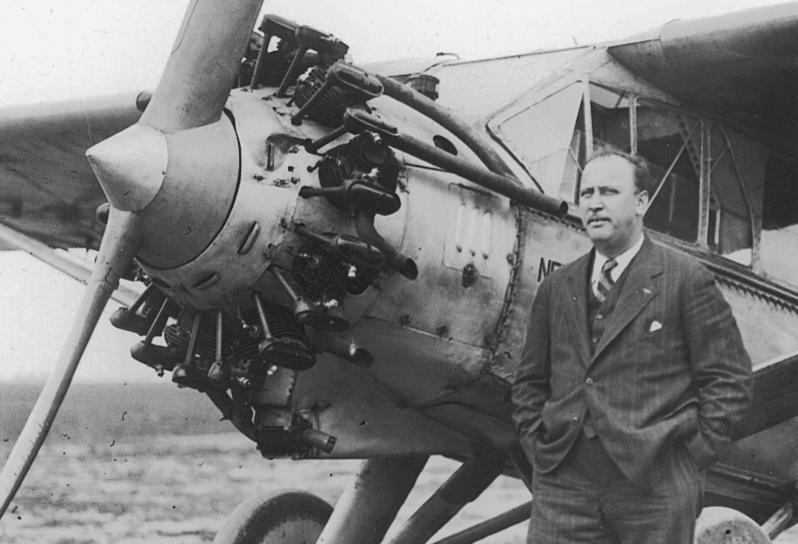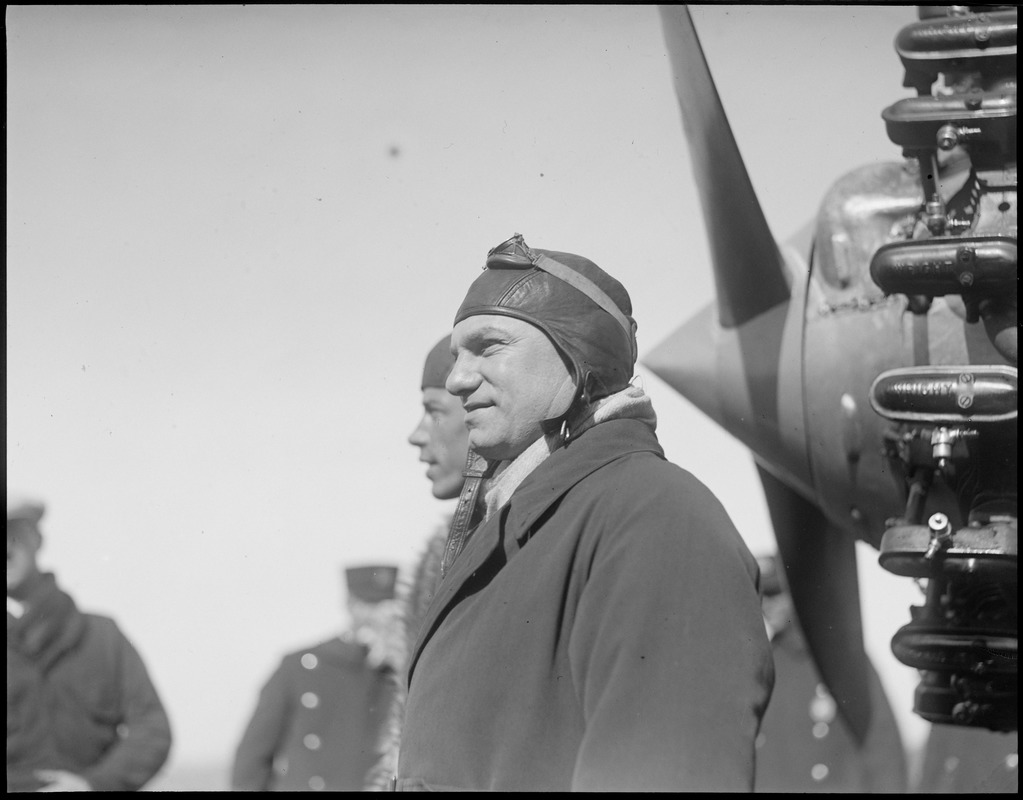There was a substantial amount of airmail on Boyd's flight.
While flights between Canada and England are common these
days, the story of flying between the two had to start somewhere. 92 years ago
today, on October 10, 1930, James Erroll Dunsford Boyd became the first
Canadian pilot to complete an eastbound transatlantic crossing between the two
countries.
Boyd's biography
Boyd was just under 39 at the time, having been born on
November 22, 1891, in the Canadian city of Toronto, Ontario. It first flew in
1912 and quickly gained more cockpit experience following the First World War.
According to the Canadian Aviation Hall of Fame, he first
served in the Queen's Rifles of Canada before moving to England to learn to fly
with the Royal Naval Air Service at Naval Base Eastchurch. Although he was
taken prisoner during the conflict, he ended the war with the rank of captain.
At the end of the First World War, Boyd returned to Toronto.
First working in the automobile trade, his professional life then took him to
New York for a hotel management position, then to Detroit. However, he longed
to return to the skies and joined Pan American World Airways in 1928 to fly to
Mexico. In 1929 he briefly flew for Coastal Airways in New York, but the
carrier soon collapsed.
Visit us for Canada Visa from Pakistan
Transatlantic attempt
However, Boyd had ambitions to fly further. Charles Levine,
the owner of Columbia, a Wright-Bellanca WB-2, hired him to work with him on
May 29, 1930. The following month, he was part of the team involved in a
17-hour flight that took the plane from New York to Bermuda and back. The
aircraft was later renamed Maple Leaf when Boyd secured funding for a
transatlantic attempt.
It began on a grass airstrip at Harbor Grace, Newfoundland on October 9, 1930. As well as being a record attempt by Boyd, it also served as an experimental mail flight, with 300 letters on board. The Maple Leaf carried 460 gallons (2,091 liters) of fuel but had no radio to save weight.
As Boyd and his navigator, Harry Connor, experimented with
their fuel load, they discovered that it was problematic. According to
HistoryNet, the aircraft's tail was unable to move because of its weight, which
caused it to sink into the runway surface. Eventually, onlookers were able to
free the plane and it was able to embark on its record-breaking journey.
Almost successful
Boyd and Connor had other challenges on their journey to
England that went beyond their slow start. Indeed, later in the flight, the
pair discovered that a clogged fuel line had rendered the aircraft's spare fuel
tank, which held 100 gallons (455 liters), unusable. This limited its range and
therefore prompted them to aim for a landing on the Isles of Scilly.
Originally, they had planned to land on the mainland at Land's End.
After jettisoning fuel to reduce the risk of fire in the
event of a forced landing, Boyd finally succeeded in bringing the Maple Leaf
down onto a narrow beach on Tresco Island on October 10, 1930, after nearly 20
hours of flight.
This made Boyd the first Canadian pilot to successfully fly from Canada to England, earning him the nickname "Canada's Lindbergh". He was finally inducted into the Canadian Aviation Hall of Fame in 2017, 57 years after his death.
For more updates click here






0 Comments